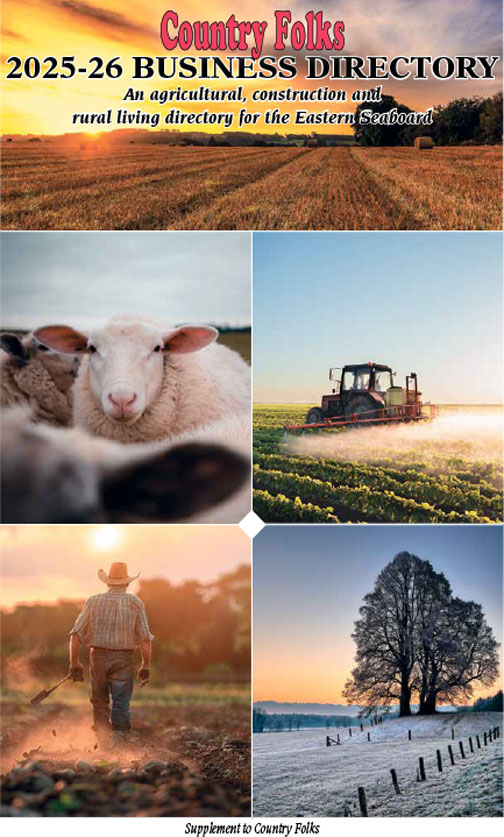Country Folks, Crop Comments
Crop
Posted on December 3, 2025
As I wrote this column, the actual holiday was three days away. The happening should be considered more a season, not just a single square on a calendar page displaying the fourth Thursday of each November. A look at early colonial history in Massachusetts supports my reasoning. The first Thanksgivi...





